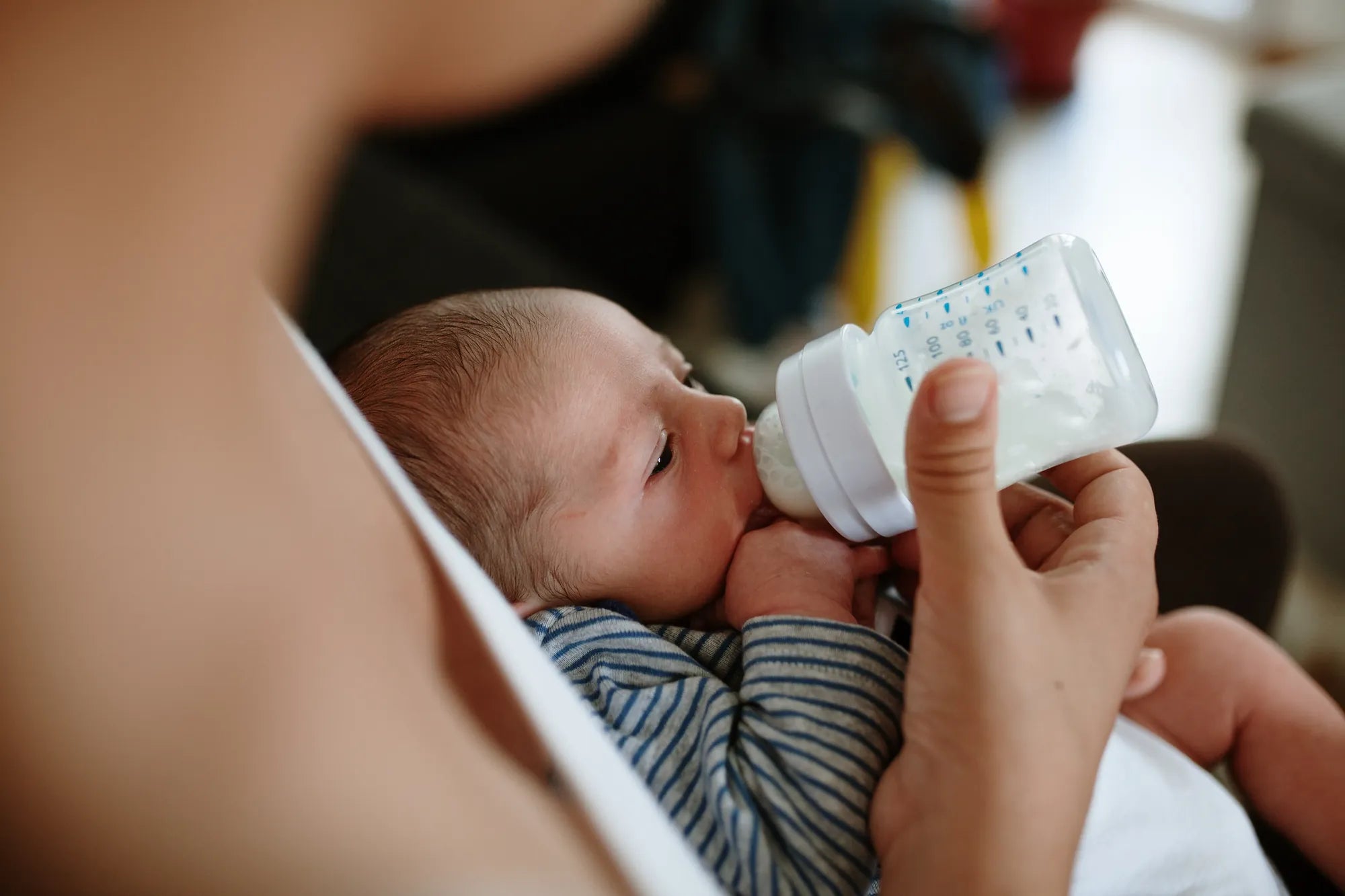Home
Pregnancy, Breastfeeding, and Pumping: The Ultimate Guide for Moms
Is Mold in Breast Pump Tubing Dangerous? What You Need to Know

Is Mold in Breast Pump Tubing Dangerous? What You Need to Know
Breastfeeding is a crucial part of many mothers' lives, and breast pumps are essential tools that help make this process easier. However, the presence of mold in breast pump tubing can pose serious health risks. This article explores the dangers of mold in breast pump tubing, how it can impact your health, and what you can do to prevent and address this issue.
Understanding the Risks of Mold in Breast Pump Tubing
Mold is a type of fungus that thrives in damp, warm environments. Breast pump tubing, which is often exposed to moisture from milk and condensation, can become a breeding ground for mold if not properly cleaned and dried. When mold grows in the tubing, it can release spores and mycotoxins, which can contaminate the milk and pose health risks to both the mother and the baby.
Health Risks Associated with Mold Exposure
Exposure to mold can lead to a variety of health issues, especially for infants who have developing immune systems. Some of the potential health risks include:
- Respiratory problems, such as coughing, wheezing, and difficulty breathing
- Allergic reactions, including skin rashes, itching, and nasal congestion
- Gastrointestinal issues, such as nausea, vomiting, and diarrhea
- Weakened immune system, making the baby more susceptible to infections
For mothers, mold exposure can also lead to respiratory issues, allergic reactions, and other health problems. It's essential to address mold in breast pump tubing promptly to protect both the mother and the baby.
How to Identify Mold in Breast Pump Tubing
Identifying mold in breast pump tubing can be challenging, as it may not always be visible to the naked eye. However, there are some signs that can indicate the presence of mold:
- A musty or unpleasant odor coming from the tubing
- Discoloration or dark spots inside the tubing
- Visible mold growth, which may appear as black, green, or white spots
If you notice any of these signs, it's crucial to stop using the breast pump immediately and take steps to clean or replace the tubing.
Preventing Mold Growth in Breast Pump Tubing
Preventing mold growth in breast pump tubing is key to ensuring the safety and health of both the mother and the baby. Here are some practical tips to help prevent mold:
- Clean the breast pump tubing thoroughly after each use. Use warm, soapy water and a brush to scrub the inside of the tubing.
- Allow the tubing to dry completely before storing it. Hang it in a well-ventilated area to ensure it dries thoroughly.
- Inspect the tubing regularly for signs of mold or wear and tear. Replace the tubing if you notice any issues.
- Store the breast pump and tubing in a clean, dry place to prevent moisture buildup.
What to Do If You Find Mold in Breast Pump Tubing
If you discover mold in your breast pump tubing, it's important to take immediate action to protect your health and your baby's health. Here are the steps you should follow:
- Stop using the breast pump immediately to prevent further contamination.
- Disassemble the breast pump and tubing and clean all parts thoroughly. Use a mixture of water and vinegar or a mild bleach solution to disinfect the tubing.
- If the mold is extensive or difficult to remove, replace the tubing entirely. Mold can be stubborn, and it's better to err on the side of caution.
- Consult with a healthcare professional if you or your baby experience any health issues related to mold exposure.
The Importance of Regular Maintenance and Replacement
Regular maintenance and replacement of breast pump tubing are essential to prevent mold growth and ensure the safety of your breast milk. Over time, tubing can become worn, cracked, or damaged, making it more susceptible to mold. It's recommended to replace the tubing every few months or as needed, depending on the frequency of use and the manufacturer's guidelines.
Alternative Solutions for Breastfeeding Mothers
If you're concerned about mold in breast pump tubing or have experienced issues with it, there are alternative solutions available. Some mothers opt for manual breast pumps, which have fewer parts and are easier to clean. Others may choose to use breast milk storage bags or containers that are less prone to mold growth. It's important to find a solution that works best for you and your baby's needs.
Final Thoughts on Mold in Breast Pump Tubing
Mold in breast pump tubing is a serious issue that can have significant health implications for both mothers and babies. By understanding the risks, taking preventive measures, and addressing mold promptly, you can ensure the safety and health of your breastfeeding journey. Regular cleaning, proper drying, and timely replacement of tubing are key steps to prevent mold growth and maintain a hygienic breast pump system.
Don't let mold compromise your breastfeeding experience. Stay vigilant, take the necessary precautions, and seek professional advice if needed. Your health and your baby's health are worth the effort.
Share
